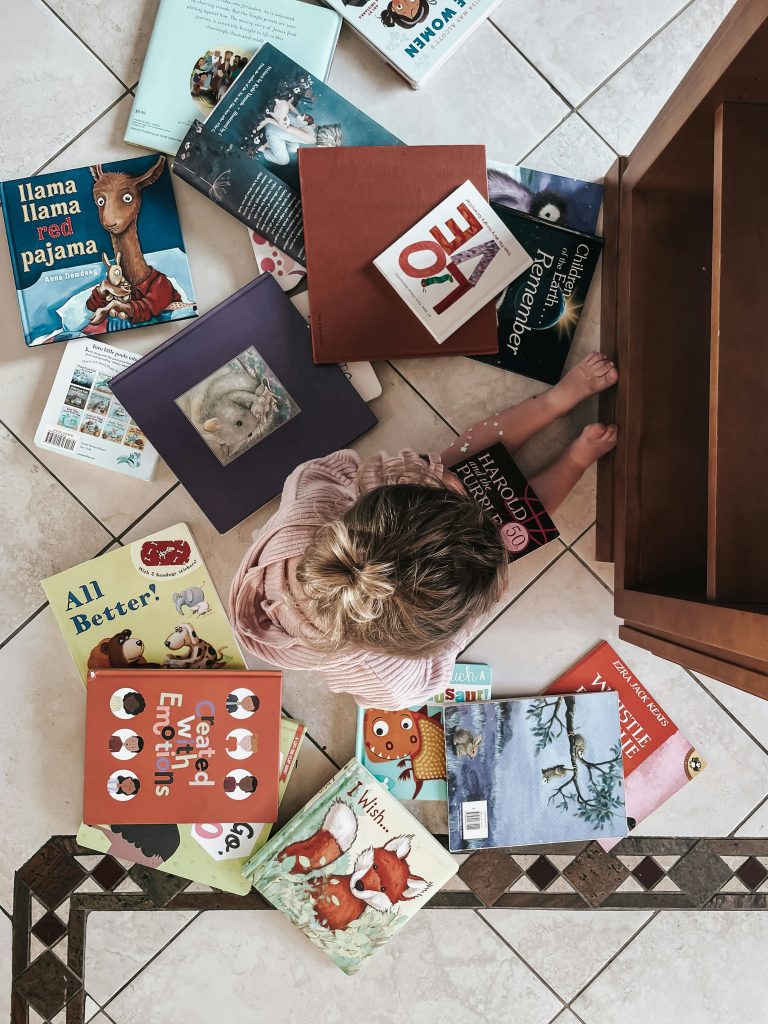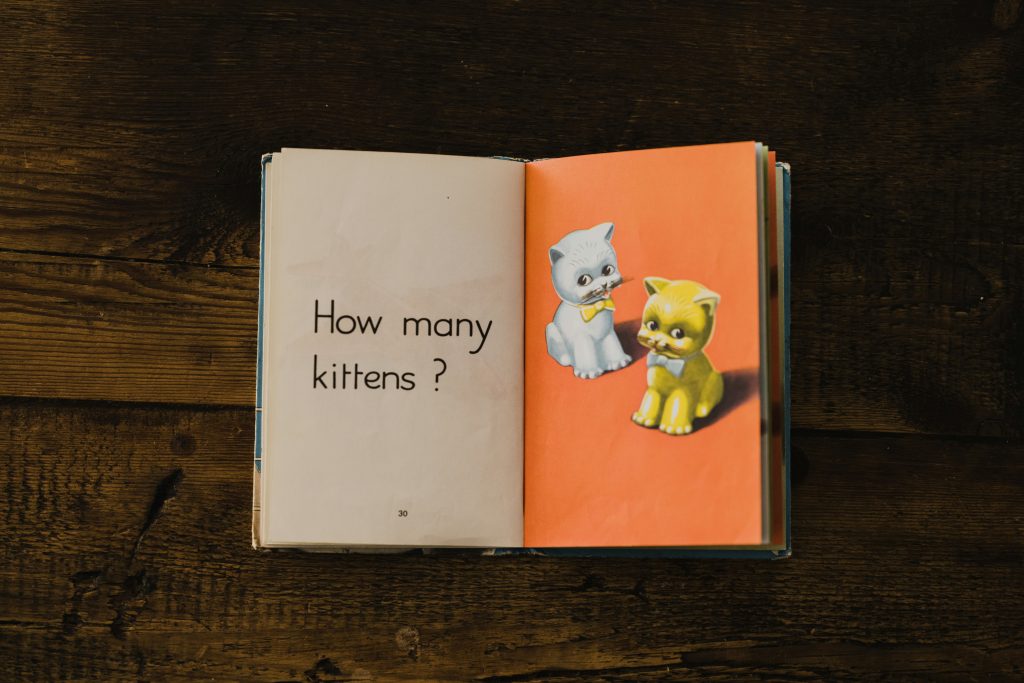Every child learns differently—and that’s what makes read-aloud books so valuable. Whether your child is a visual learner, auditory learner, or kinesthetic learner, kids books read aloud can be adapted to match their needs. In this article, we’ll explore how to use read-aloud sessions to support diverse learning styles and recommend educational tools that enhance the experience.

Understanding Learning Styles in Children
Before diving into strategies, it’s important to recognize the common learning styles:
- Visual Learners – Learn through images, diagrams, and seeing words
- Auditory Learners – Learn best through listening and speaking
- Kinesthetic Learners – Prefer movement, hands-on interaction, and touch
Using educational learning books during read-aloud time can engage all three styles when done thoughtfully.

Read-Aloud Strategies for Each Learning Style
For Visual Learners
- Use illustrated educational books for 7-year-olds or educational books for 10-year-olds with clear pictures and diagrams.
- Point to the words as you read to strengthen word-image association.
- Try digital e-learning books with visual animations or word highlighting.

For Auditory Learners
- Emphasize tone, pitch, and expression when reading aloud.
- Choose books with rhymes, repetition, and musical phrasing—great for fun educational books for 6-year-olds.
- Offer audio books or use learning well books with built-in read-aloud features.

For Kinesthetic Learners
- Pair reading with activities—like drawing a scene or acting out parts.
- Let them hold and turn pages, or trace letters using a kids educational learning tracing book 64 pages.
- Incorporate movement by doing story yoga or dramatic play based on the story.